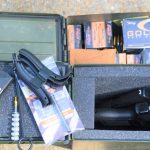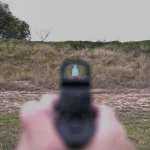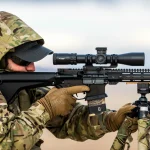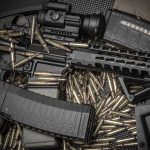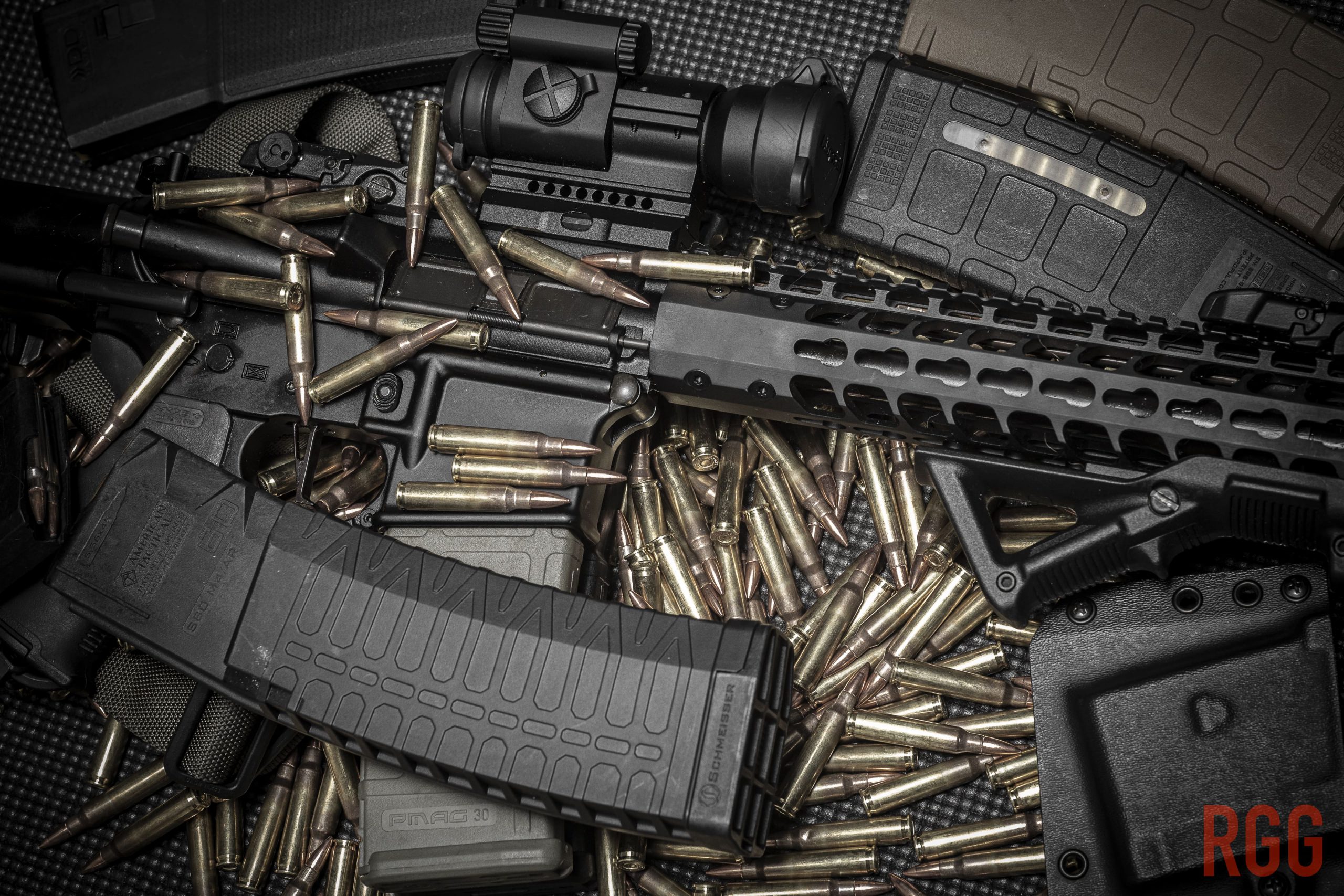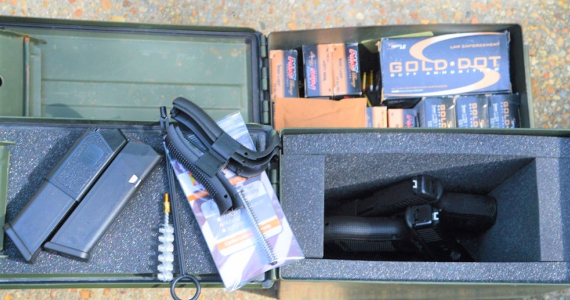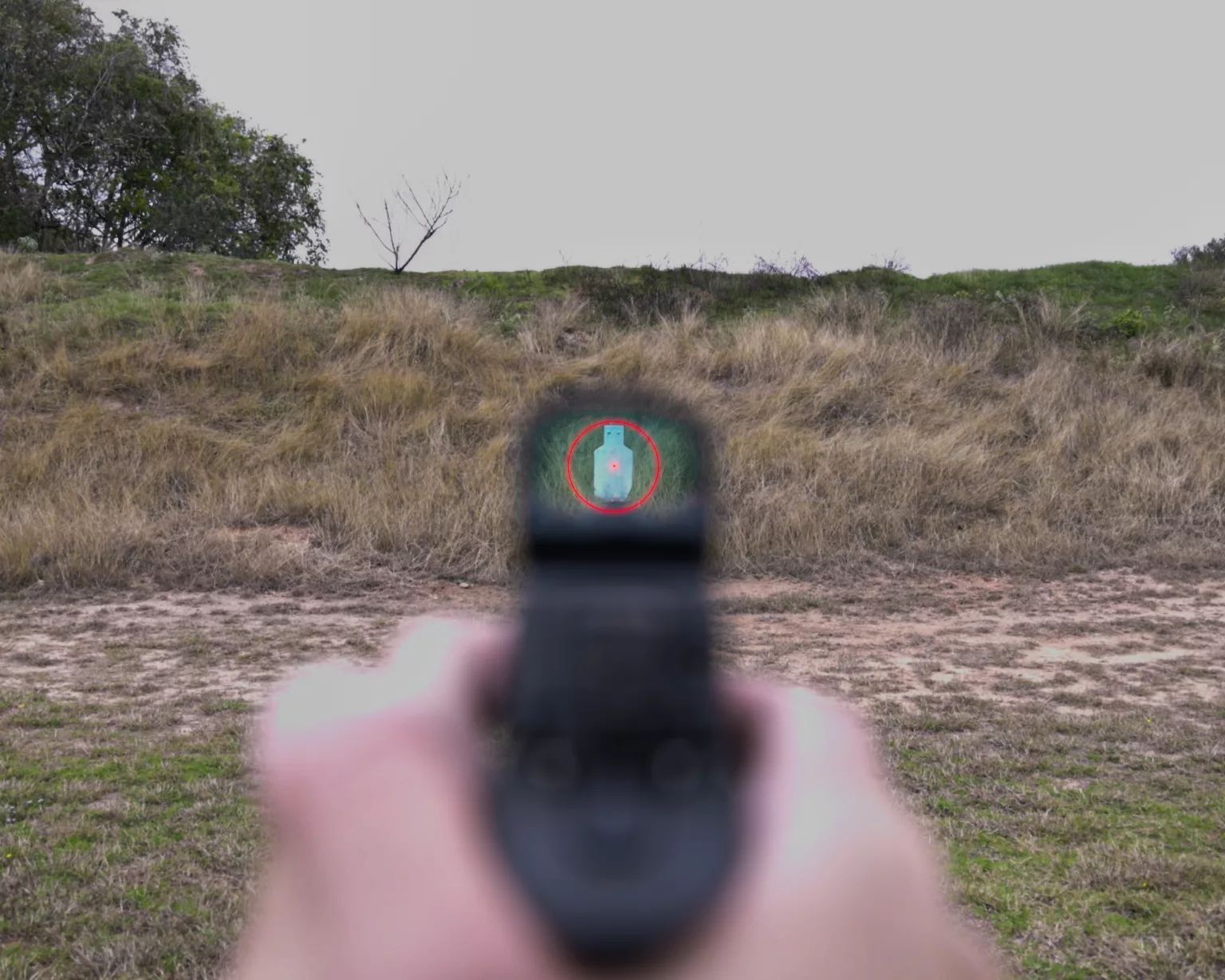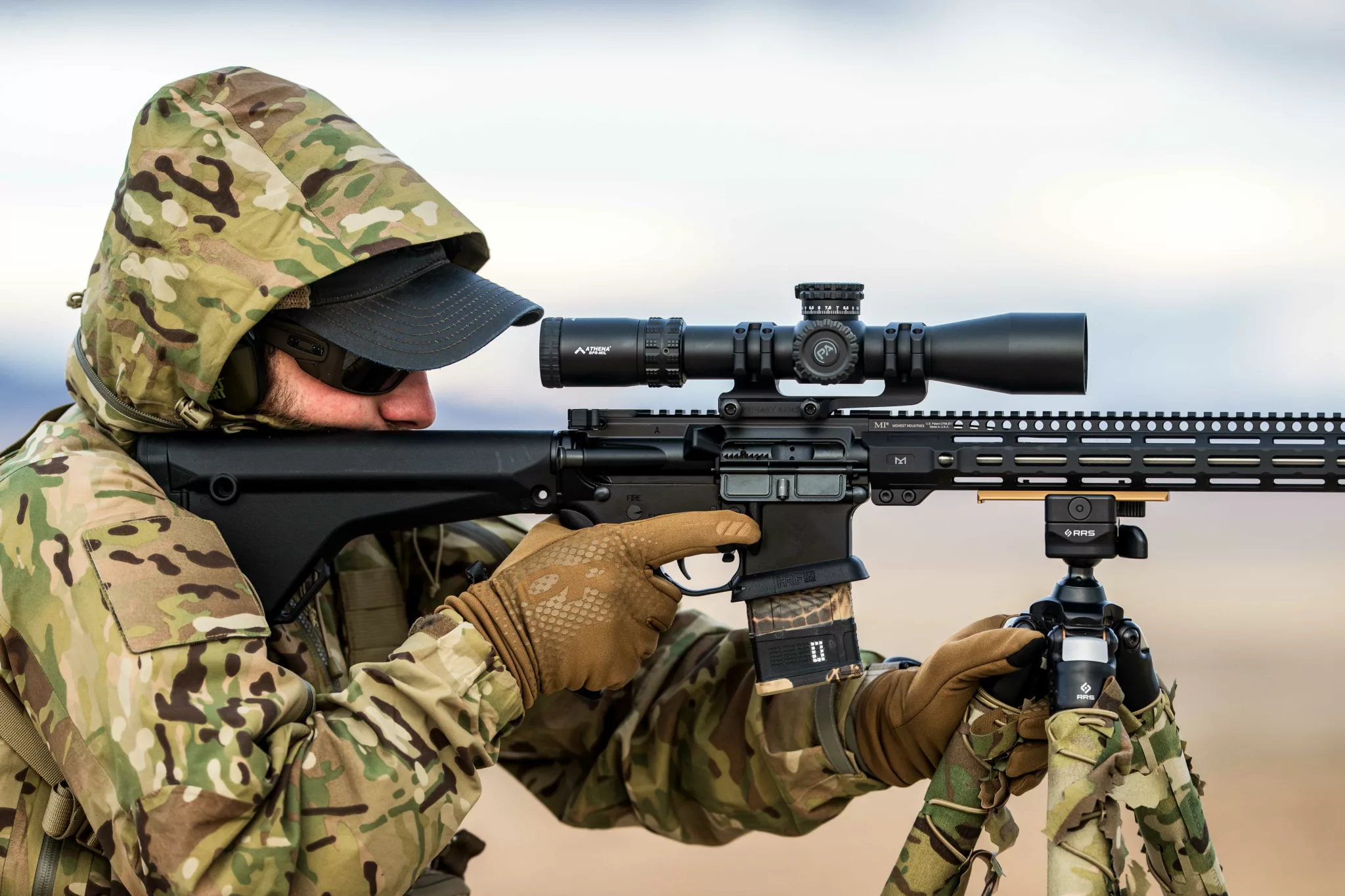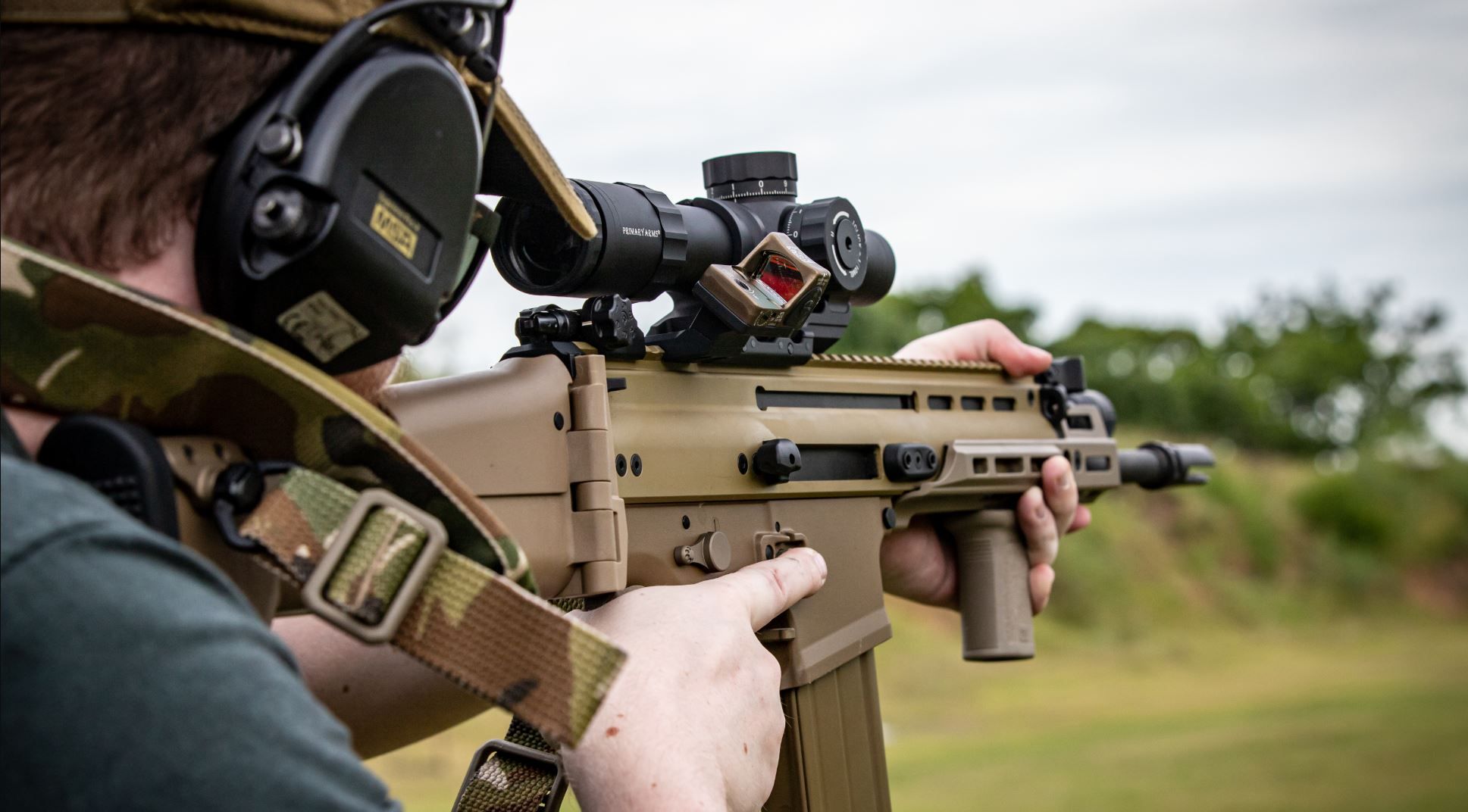Trying to figure out how much ammunition you should have on hand can sometimes feel like a return to college algebra. Depending on where you look, there are ammo calculations based on rate of fire in a The End Of The World As We Know It (TEOTWAWKI) survival situation, training time, and priorities of multiple platforms (think AR-15, shotgun, handgun, and so on, all of which typically require different ammo). It’s amazing these calculations don’t consider the moon cycle and rising tides as well. If you find yourself wondering “how much ammo should I have?” you’ve come to the right place. We’re going to simplify this process by taking a realistic approach to the topic of your ammo stash and storage.
How Do I Know How Many Rounds of Ammunition Do I Need?
There are a few ways to decide how many rounds of ammunition you need to have on hand at any given time. The first thing to do is to consider these factors:
- Range time on your own (it’s all practice, regardless of what you do)
- Training time in classes, especially those needing large amounts of ammo
- Hunting, which includes zeroing optics, practice, and the hunt itself
- Availability and access (where are the gun stores, and do they have a large ammo supply)
- Storage space
- Self-defense use (Do you carry daily? Defensive ammo needs to be rotated.)
- Overall household needs (ammo needs per shooter)
These are the issues that must be taken into account when doing general calculations on how much ammo you should have on hand. Firearm owners who take high-round count classes will certainly need a greater amount on hand, and if there’s no good place to store the ammo, you’ll need to find a workable solution before investing in more supplies.
In reality, there’s no magical number or specific calculation that will tell you how much ammo to store for later use. It depends on your own usage and needs as well as the needs of other marksmen/markswomen in your household. However, there are some general guidelines you can follow, but you must also remember to expect the unexpected, such as a serious ammo shortage.
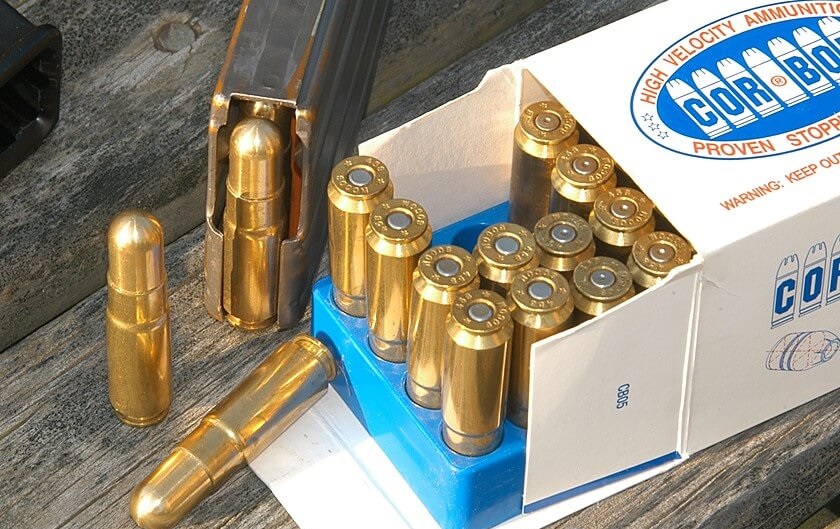
How much ammo is enough for your AR-15?
A good starting point is to have 500 rounds, 200 of which should be defensive ammo, for each regular-use handgun. This isn’t the end goal, it’s where you start, meaning you should plan to build your ammunition reserves into the thousands.
AR-15s being used for defensive purposes require a larger store than handguns. Try to keep at least 2,000 rounds on hand for your AR-15, and if that is your TEOTWAWKI gun, make half defensive rounds.
If you use your AR-15 for hunting, you’ll need to increase the stockpile to account for that use. Separate hunting rifles will need a minimum of 500 rounds each. Remember, you need to zero your scope using your chosen hunting load, get some practice in, and hunt more than once.
Shotguns depend on what you’re using them for. Your personal-defense shotgun will need at least 250 shotshells on hand, but if you use it for hunting, it’ll depend on what you’re after. For example, doves and ducks require far more ammo than hog or deer hunting. A hunter can burn through 100 or more shotshells in one day dove hunting. Plan accordingly.
These are all a great place to start your ammo stash, but it isn’t the end by any means. Having enough ammunition readily available for training, practice, hunting, and defensive use is much simpler than being forced to go to the store every time you want to shoot. And when there are significant ammo shortages, you may not find any at all—or if you do, you’ll end up limited to two boxes. That’s an especially bad position to be in from a defensive perspective, but it’s also not good when it’s hunting season and you have no ammo at home and there’s none in the stores. Life as a responsible firearm owner is easier when your gun room shelves are well-stocked.
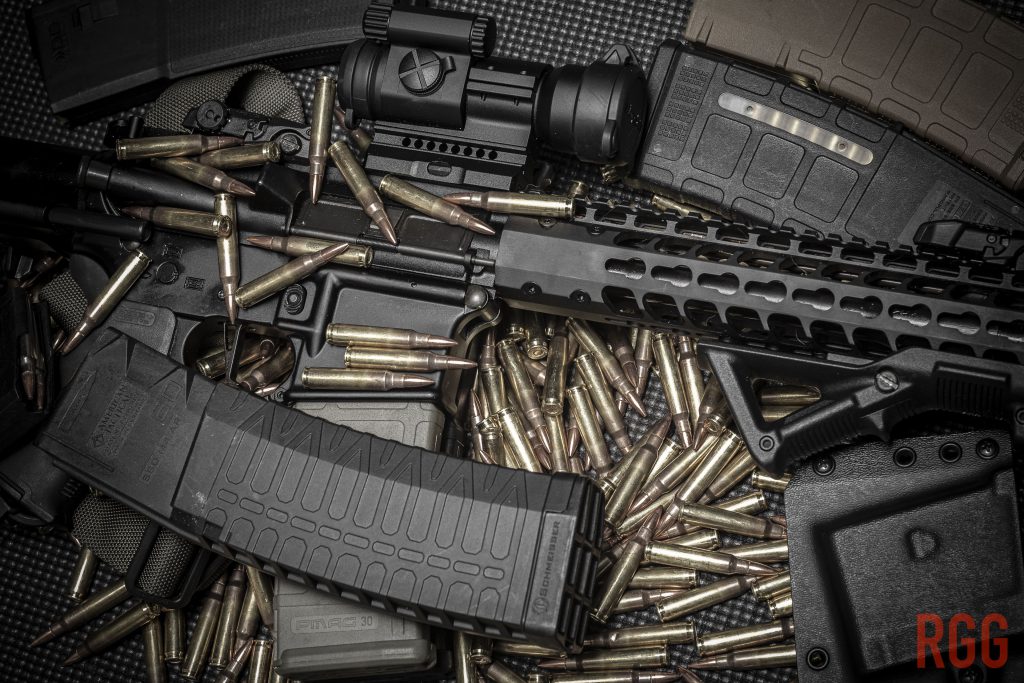
Ammo Storage Tips
Ammo storage can be simple or complex. If you’re looking at long-term storage, you’ll need to consider methods that reduce exposure to excessive heat, cold, and moisture. The following are some of the possibilities for long-term ammo storage:
- Metal ammo can with desiccant packets
- Plastic ammo can with desiccant packets
- Safe or storage room with dehumidifier
What to look for in an ammo can:
- 0 inch longer and 0.5 inches wider than needed for the specific ammo being stored
- Water-resistant
- Durable enough design to handle the weight of what you intend to store in it
- Handle and latches also capable of withstanding the weight of ammo
- Consistent style, rather than various types, for easier stacking
- Rubber gasket on lid for a better seal
- Portability (ammo is heavy; be sure they won’t be too heavy to transport)

